In this comprehensive guide, we will explore a selection of full sun evergreen shrubs that are ideal for unrelenting sunlight, each with unique characteristics and benefits.
Sweet Bay Magnolia (Magnolia virginiana)

The Sweet Bay Magnolia is an extraordinary shrub that excels in full sun environments and remains a standout choice for gardens across USDA Zones 5 to 10. Known for its beautiful, fragrant white flowers that bloom in spring and early summer, this evergreen shrub offers a delightful aromatic experience while also attracting pollinators.
What sets the Sweet Bay Magnolia apart is its gorgeous glossy foliage, which withstands harsh heat and drought conditions. The leaves are a deep green on top, while the underside sports a striking silvery color that adds a dimension of beauty even in winter. Additionally, the tree can grow tall, reaching heights of 10-20 feet, making it an excellent choice for privacy screening or as a focal point in a garden.
Care for this shrub is simple; it thrives in moist, well-drained soils, but is adaptable to various soil types, making it perfect for many garden settings. Daily sunlight will ensure it blooms continuously while also providing a lush backdrop for other flowers or shrubs in your landscape.
Azalea (Rhododendron)

If you’re in search of vibrant blooms throughout much of the year, look no further than the Evergreen Encore Azaleas. Unlike regular azaleas that only bloom in spring, these tough and stunning shrubs deliver flowers in spring, summer, and even in the mild days of fall.
These shrubs thrive in full sun and are hardy in USDA Zones 6 to 10. Their compact growth habit, reaching about 2-4 feet in height, makes them perfect for borders, foundation plantings, or even container gardens. The variety of colors—from soft pastels to vibrant reds—adds an artistic flair to any landscape.
Besides their stunning flowers, Evergreen Encore Azaleas offer glossy green leaves that remain attractive year-round. An essential point to remember is that while they love the sun, they also benefit from some afternoon shade, especially in hotter regions. Maintain healthy soil moisture and these azaleas will reward you with an exquisite display.
Boxwood (Buxus)
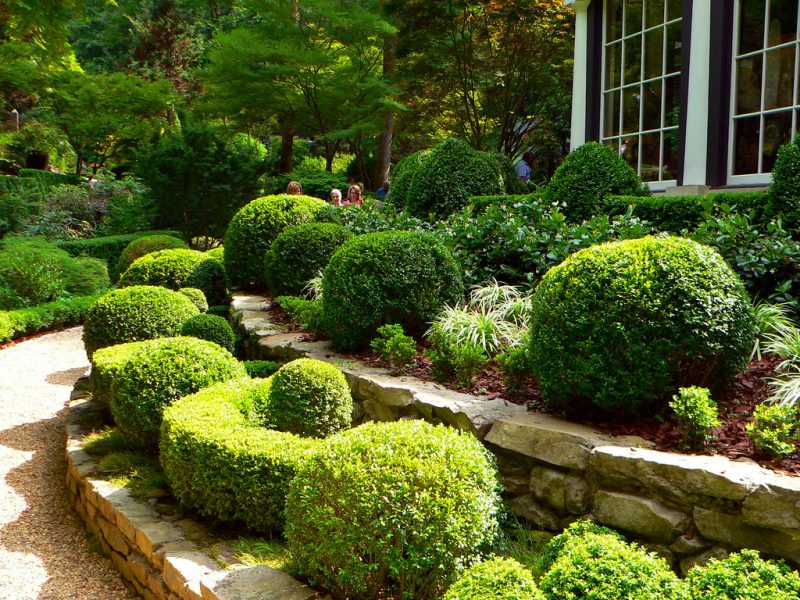
Boxwoods are timeless classic shrubs that have been cherished in gardens for centuries. These evergreen beauties are popular for their dense, bushy foliage and extraordinary versatility. Thriving in full sun, Boxwoods are ideal for formal hedges, garden borders, or topiaries.
They boast glossy, dark green leaves that can handle a range of soil conditions thanks to their adaptability. Boxwoods can grow anywhere from 2 feet to over 20 feet, depending on the variety you choose. In addition to their reliability, they demonstrate exceptional hardiness in colder climates, even down to USDA Zone 5.
These evergreen shrubs demand little maintenance aside from regular pruning to maintain shape and size as desired. They are also tolerant of drought once established. Furthermore, Boxwoods act as excellent privacy screens, adding both beauty and seclusion to your outdoor space.
Wintercreeper (Euonymus fortunei)
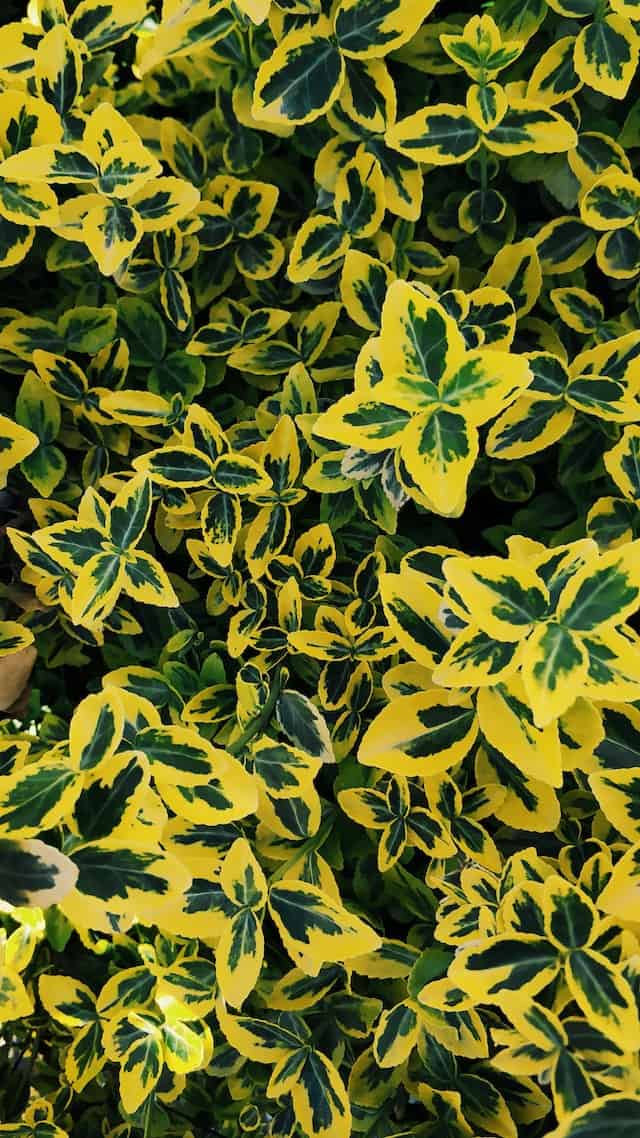
Wintercreeper is a low-growing, sprawling shrub perfect for ground cover in sunny areas. With its striking variegated leaves—ranging from green and gold to green and white—it adds a touch of color and texture to any landscape.
This adaptable shrub grows vigorously and can spread out to 3-5 feet while also reaching heights of around 2 feet. It is an exceptional choice for sloped areas, where it can help prevent soil erosion, and it thrives effortlessly in USDA Zones 4 to 8.
Wintercreeper’s glossy leaves not only provide year-round interest but also offer a great option for low-maintenance gardens. It thrives in full sun, though it can tolerate partial shade. Regular pruning will ensure it maintains a compact structure, keeping your landscape looking pristine and polished.
Bird’s Nest Spruce (Picea Abies ‘Nidiformis’)

For those seeking a unique statement plant, the Bird’s Nest Spruce is a charming choice that can thrive in full sun. Known for its unusual nest-like appearance, this dwarf evergreen shrub reaches approximately 3 to 4 feet in height and around 5 to 6 feet across.
This spruce variety emits a delightful scent and features short, soft needles that offer an inviting texture. It’s particularly suited for smaller gardens or urban settings where space is limited.
Bird’s Nest Spruce loves well-drained soil and requires minimal maintenance. It is hardy in USDA Zones 2 to 7, making it a viable option for many gardeners. The shrub’s eye-catching shape and dense foliage provide excellent visual interest throughout the year, with a vibrant dark green color that contrasts beautifully with flowering plants.
Inkberry Holly (Ilex glabra)
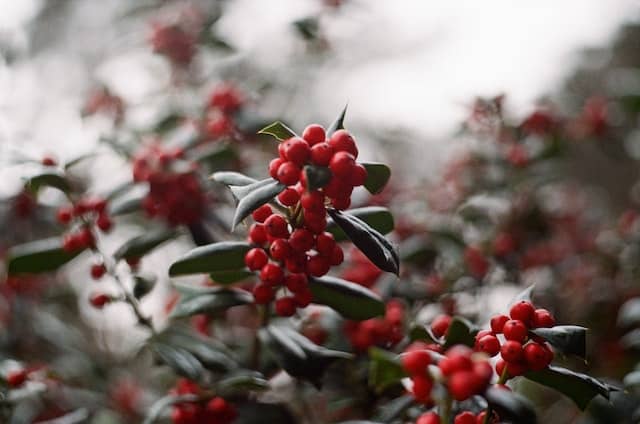
Inkberry Holly is a fantastic addition to any full sun garden. This native Southern evergreen shrub features a dense, rounded form that can grow to about 5-10 feet tall and 4-6 feet wide, making it an excellent choice for privacy hedges or formal landscaping.
The glossy, dark green leaves of Inkberry Holly are a stunning backdrop for its inconspicuous white flowers that bloom in spring, followed by clusters of black berries in the fall, which are favored by birds. Not to mention, it thrives in a variety of soil types and will flourish in both acidic and sandy soils.
Resilient and pest-resistant, this shrub is especially beneficial for gardeners looking for a low-maintenance option. It’s hardy in USDA Zones 5 to 9, adapting well to both wet and dry conditions. With its evergreen character and minimal upkeep, the Inkberry Holly integrates seamlessly into landscapes, providing year-round structure and elegance.
Carolina Cherry Laurel (Prunus caroliniana)

The Carolina Cherry Laurel is another exceptional choice for full sun gardens, particularly for those seeking a dense privacy screen. This evergreen shrub can grow 15-30 feet tall, creating an excellent backdrop or barrier.
Its glossy, dark green foliage not only provides beauty in the garden but also releases a delightful fragrance when crushed, reminiscent of cherries. The fragrant white flowers bloom in early spring and are followed by small, black berries that attract various wildlife, especially birds.
Growing well in USDA Zones 7 to 10, the Carolina Cherry Laurel is adaptable, tolerating a range of soils, including clay and moist conditions. Regular pruning will help shape the shrub, but it’s generally low-maintenance once established, making it a fantastic option for busy gardeners.
Japanese Pieris (Pieris japonica)

If you adore ornamental plants, the Japanese Pieris should surely spark your interest. This evergreen shrub captivates with its stunning clusters of bell-shaped flowers that bloom in spring, often resembling a delicate bridal bouquet.
Growing to heights of about 4-10 feet, Japanese Pieris is an excellent option for creating visual interest in borders or as specimen plantings. The new spring growth offers an attractive reddish tint that later turns green as it matures.
Japanese Pieris loves acidic soil and thrives in USDA Zones 5 to 8. Although it flourishes in full sun, it also adapts well to partial shade, making it versatile in many garden settings. This shrub not only offers stunning aesthetics but also attracts pollinators with its fragrant blooms, contributing positively to the local ecosystem.
Indian Hawthorn (Rhaphiolepis indica)

Indian Hawthorn is a compact evergreen shrub that delights with its year-round greenery and seasonal bursts of lovely flowers. This low-growing shrub reaches heights of around 3-4 feet, making it ideal for foundation plantings or low hedges in full sun.
One of the most notable features of the Indian Hawthorn is its beautiful clusters of pink or white flowers, which bloom in spring and delight gardeners with their sweet fragrance. The glossy green leaves turn a lovely reddish hue in the fall, adding another layer of visual interest throughout the year.
It is hardy in USDA Zones 8 to 10 and is known for being highly drought-tolerant once established. The Indian Hawthorn can adapt to various soil types and is relatively low-maintenance, allowing it to thrive in many different landscapes while enriching them with beauty.
Arborvitae (Thuja occidentalis)
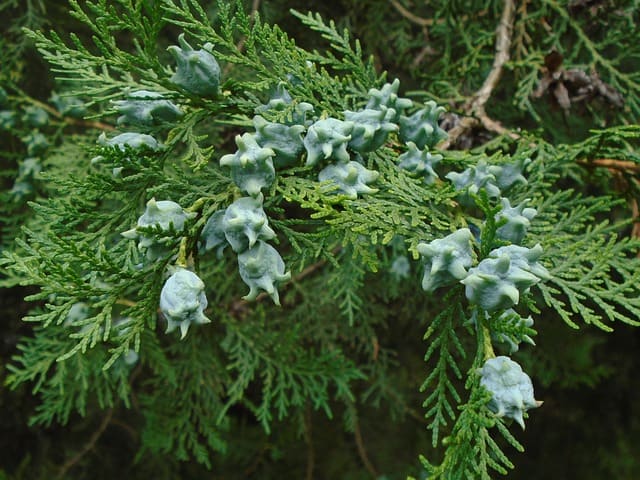
Arborvitae, specifically the American Arborvitae, is a classic choice for hedging and privacy screening in full sun. This tall and conical-shaped evergreen shrub can grow up to 60 feet if left untrimmed, though many gardeners opt to keep them pruned to size.
The dense, feathery foliage is not only beautiful but also provides a safe haven for various bird species, making them a haven for natural wildlife. They thrive best in well-drained soils and are hardy in USDA Zones 2 to 7, showcasing remarkable adaptability to different climates.
Regular watering during dry spells is essential, especially for younger plants. Once established, Arborvitae is relatively low-maintenance but will benefit from annual pruning to maintain its desired shape and encourage denser growth. Overall, Arborvitae adds both elegance and functionality to any landscape.
Bottlebrush (Callistemon)
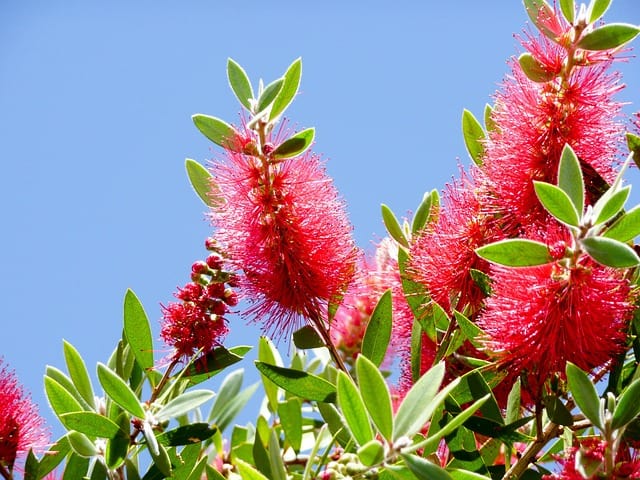
The Bottlebrush shrub is a stunning option for those who enjoy unique and vibrant blooms. This Australian native gets its name from its distinctive flower spikes that resemble a bottlebrush, bursting with red to yellow colors in spring and summer.
Thriving in full sunlight, the Bottlebrush grows 3-10 feet tall, making it a versatile choice for various landscapes, from borders to specimen plantings. Flowers attract bees and hummingbirds, supporting local pollinator populations and creating an animated garden atmosphere.
Given its hardiness in USDA Zones 8 to 10, the Bottlebrush is well-suited to warmer climates. It prefers well-drained soil but showcases resilience during dry spells once established. Plant it in a sunny spot, and watch it flourish, adding vibrant colors and life to your garden!
Cape Jasmine (Gardenia jasminoides)
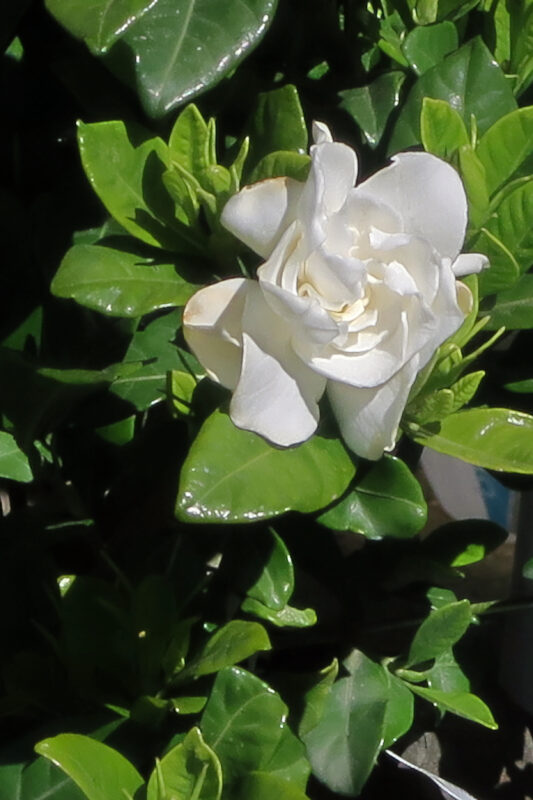
If you love fragrant blooms, consider adding Cape Jasmine to your full sun garden. Known for its lush, glossy leaves and spectacular white flowers, this shrub brings elegance and fragrance to any landscape.
Cape Jasmine grows between 4-8 feet tall and thrives best in well-drained, slightly acidic soil. Although it prefers full sun, it can tolerate some shade, expanding its planting options.
The striking blooms appear in late spring and early summer, filling the air with sweet perfume and attracting pollinators. It’s best suited for USDA Zones 7-10, making it ideal for many gardeners. Regular pruning will help maintain its shape and encourage new growth, enabling you to enjoy its delightful beauty for years to come.
Camellia
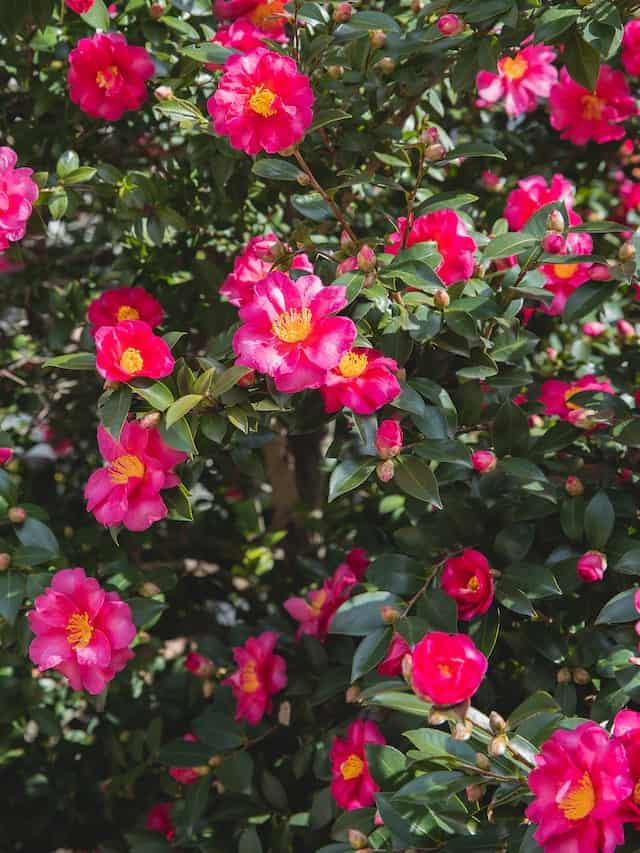
When speaking of evergreen shrubs that offer stunning blooms, Camellias deserve a prominent mention. While many Camellia varieties are known for thriving in partial shade, certain robust cultivars can flourish in full sun, offering impressive floral displays.
With a diverse range of species, Camellias can bloom in colors from soft pinks to vibrant reds. They grow in a bushy manner, making them ideal for borders, specimen plantings, or even as focal points in your garden.
These delightful shrubs prefer acidic soils and thrive in USDA Zones 6 to 9. Adequate watering is necessary, particularly during the hot summer months. As the flowers begin to fade, a light pruning will help maintain their lovely shape. With their rich blooms and steadfast foliage, evergreen Camellias will surely be a cherished part of any garden.
Daphne
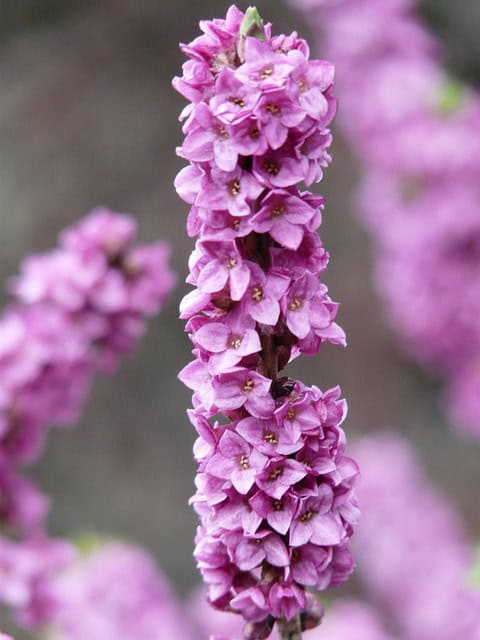
Daphne is a group of enchanting evergreen shrubs that are adored for their exquisitely fragrant flowers. Thriving in full sun to part shade, many species of Daphne provide year-round interest with their glossy emerald leaves.
Typically reaching heights of 2-4 feet, these compact shrubs blossom in late winter to early spring, producing clusters of pink or white flowers that emit a heavenly scent—truly a delight for garden enthusiasts.
Daphne plants prefer well-drained soil and can adapt to various soil types. They thrive best in USDA Zones 4 to 8. While they require a bit more attention during the establishment phase, their low-maintenance nature and incredible fragrance make them well worth it. In any garden, Daphne serves as a beautiful accent plant that will charm visitors and encourage a sense of serenity.
Flowering Maple (Abutilon pictum)
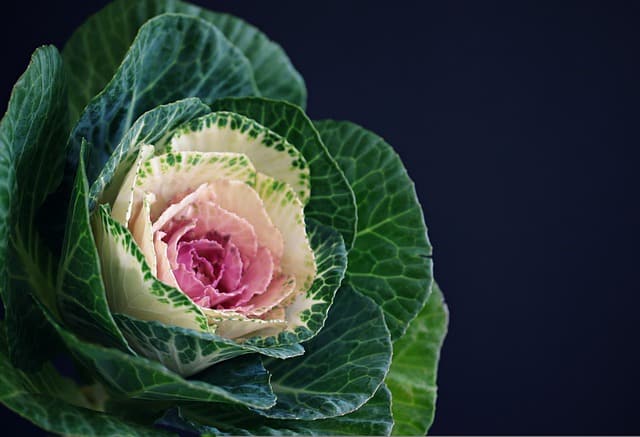
The Flowering Maple is a unique evergreen shrub that is perfect for gardeners looking for something a bit different. Known for its beautiful, lantern-shaped flowers, this shrub brings a tropical flair to any garden, especially when grown in full sun.
Growing between 4-6 feet tall, Flowering Maples come in a variety of colors including orange, red, and yellow, providing dramatic visual interest. They do well in well-drained soil and flourish in USDA Zones 9-11.
These shrubs are perfect for attracting hummingbirds and butterflies, enhancing the biodiversity of your garden. They prefer regular watering, particularly during the hot summer months, but they are relatively low-maintenance as they are tolerant of drought once established.
Incorporating Flowering Maples into your landscape will provide a continuous show of color and movement, delighting all who encounter their cheerful blooms.
Chinese Fringe Flower (Loropetalum chinense)
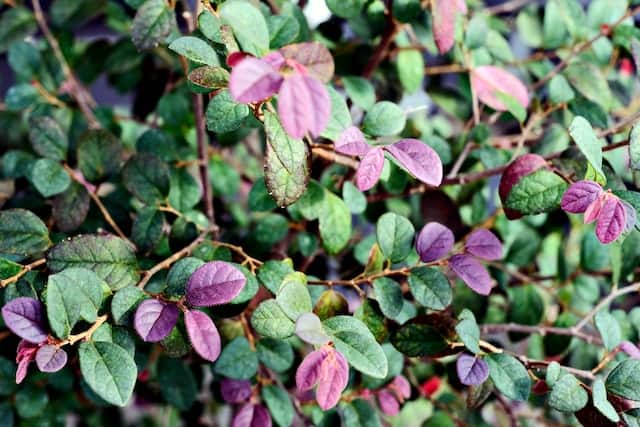
The Chinese Fringe Flower is a versatile and visually captivating evergreen shrub that flourishes in full sun. Sporting a stunning array of fringed flowers in pink or white during spring, this shrub adds a unique touch to any landscape.
Growing around 3-6 feet tall, the Chinese Fringe Flower features broad leaves that exhibit a brilliant contrast of colors, often shifting from green to burgundy. This appealing color change enhances your garden, especially when paired with other plants.
Hardy in USDA Zones 7 to 9, this shrub thrives in well-drained soil. It’s typically low-maintenance but benefits from regular pruning to promote bushier growth. Furthermore, the edible fruits attract birds, making it a dynamic addition to any wildlife-friendly garden.
Viburnum
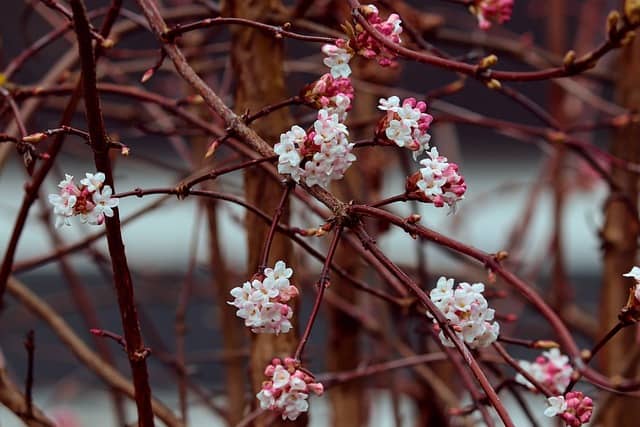
Viburnum is an incredibly diverse group of evergreen shrubs that offer year-round interest in the garden. With various species available, sizes can vary significantly, ranging from compact forms to larger, towering shrubs.
In full sun, Viburnum plants produce clusters of fragrant flowers, ranging from white to pink, that bloom in spring and sometimes even boast colorful berries in the fall. This shrub is known to attract a diverse range of pollinators and wildlife, making it a fantastic choice for eco-conscious gardeners.
Viburnum thrives in USDA Zones 3 to 9 and adapts well to many soil types, though it behaves best in rich, well-drained soil. It requires minimal maintenance—just occasional pruning for shape and size. Utilizing Viburnum in your landscape instills a distinct charm that captivates passersby and provides essential habitat for local fauna.
Scarlet Firethorn (Pyracantha coccinea)
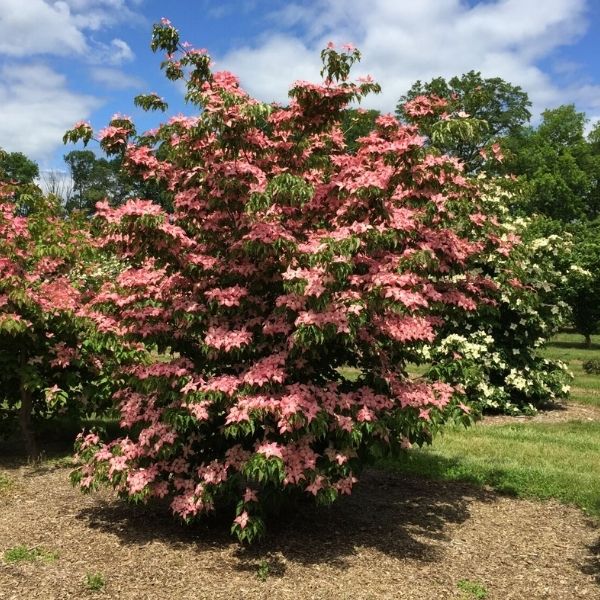
For a robust and resilient shrub, the Scarlet Firethorn is an excellent choice. This evergreen shrub is particularly striking with its colorful berries and thorny branches, making it an ideal choice for a functional barrier as well as an ornamental feature.
Growing 6-10 feet tall, the Scarlet Firethorn produces a profusion of white flowers in spring, followed by clusters of bright orange to red berries that persist throughout the winter, attracting birds and other wildlife.
This shrub thrives in USDA Zones 6 to 9, preferring full sun and well-drained soil. It’s relatively drought-tolerant once established and requires little maintenance aside from occasional pruning to hold its shape. Its thorny nature not only acts as a deterrent for wildlife encroachment, but with the right placement, it can also create an eye-catching landscape feature.





